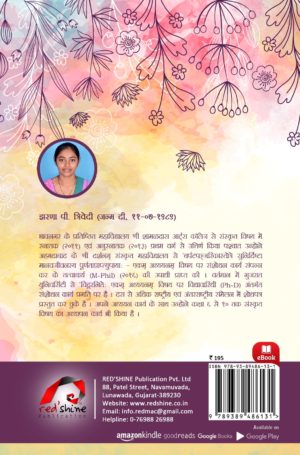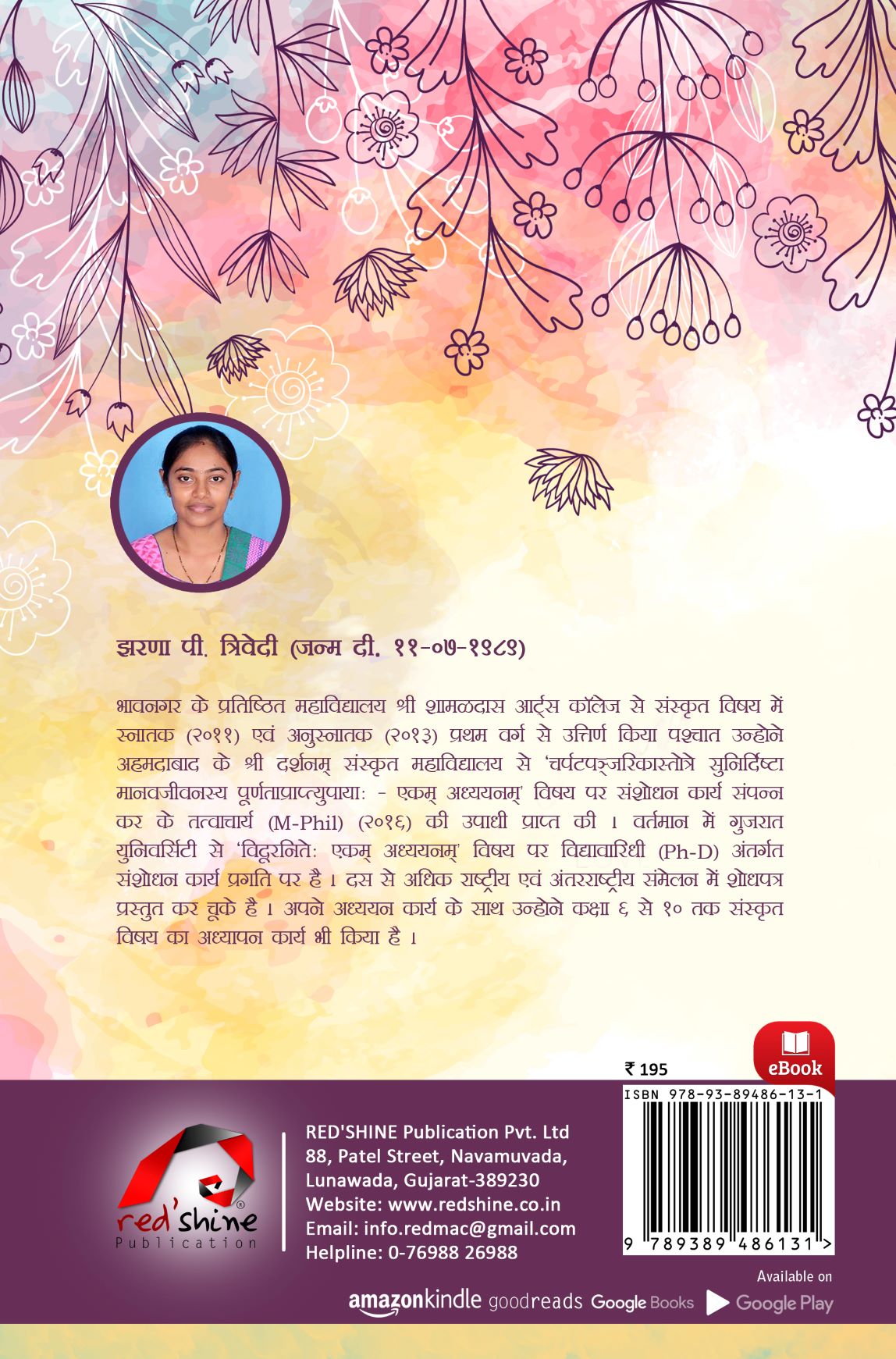Sanskrit generally connotes several Old Indo-Aryan varieties. The most archaic of these is Vedic Sanskrit found in the Rig Veda, a collection of 1,028 hymns composed between 1500 BCE and 1200 BCE by Indo-Aryan tribes migrating east from what today is Afghanistan across northern Pakistan and into northern India. Vedic Sanskrit interacted with the preexisting ancient languages of the subcontinent, absorbing names of newly encountered plants and animals; in addition, the ancient Dravidian languages influenced Sanskrit’s phonology and syntax. “Sanskrit” can also more narrowly refer to Classical Sanskrit, a refined and standardized grammatical form that emerged in the mid-1st millennium BCE and was codified in the most comprehensive of ancient grammars, the A???dhy?y? (“Eight chapters”) of P??ini. The greatest dramatist in Sanskrit Kalidasa wrote in classical Sanskrit, and the foundations of modern arithmetic were first described in classical Sanskrit. The two major Sanskrit epics, the Mahabharata and the Ramayana, however, were composed in a range of oral storytelling registers called Epic Sanskrit which was used in northern India between 400 BCE and 300 CE, and roughly contemporary with classical Sanskrit.[29] In the following centuries Sanskrit became tradition bound, stopped being learned as a first language, and ultimately stopped developing as a living language.
| ISBN | 978-93-89486-13-1 |
|---|---|
| Other Format & Edition | 1 |
| Page Count | 89 |
| Published Year | 2020 |
| DIP | 18.10.89840/065 |
| Language | Sanskrit |
| Types | |
| Author |
ZARANA P. TRIVEDI |
| Publisher |
REDSHINE Publication |
















